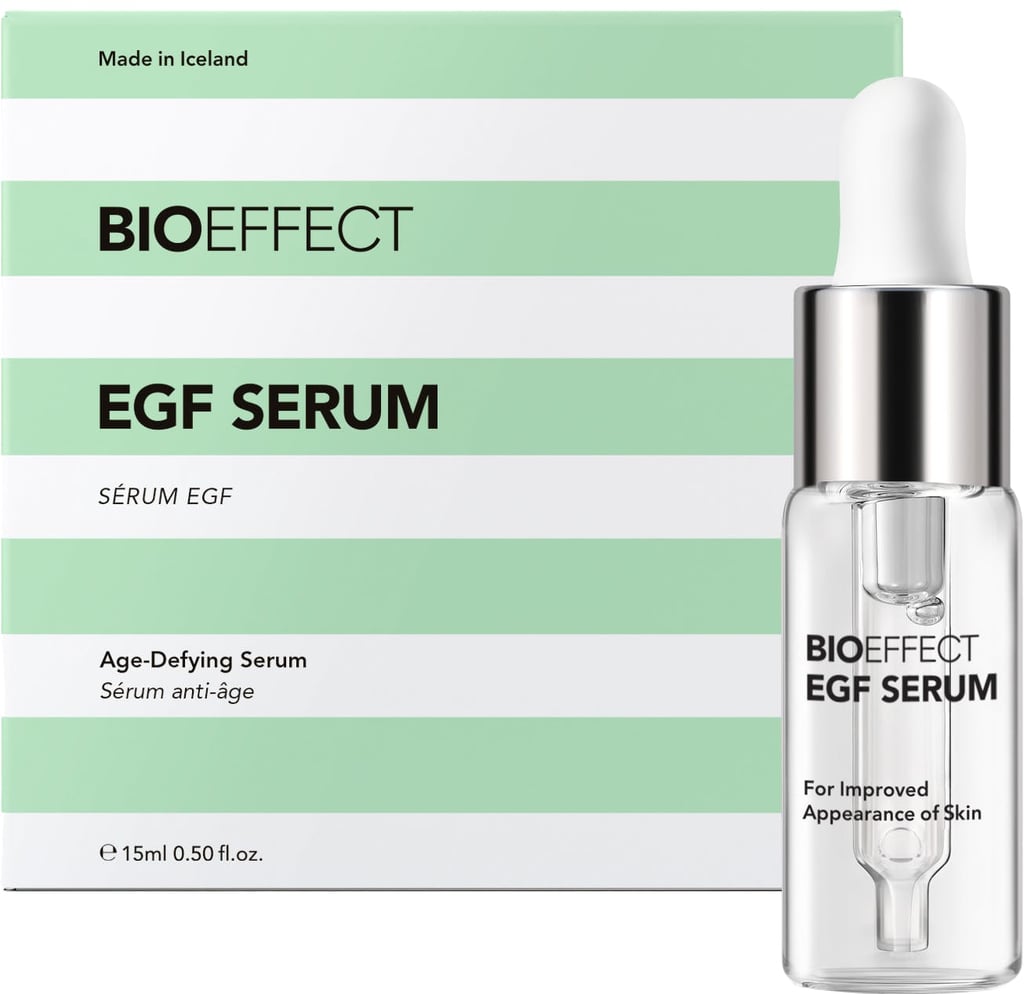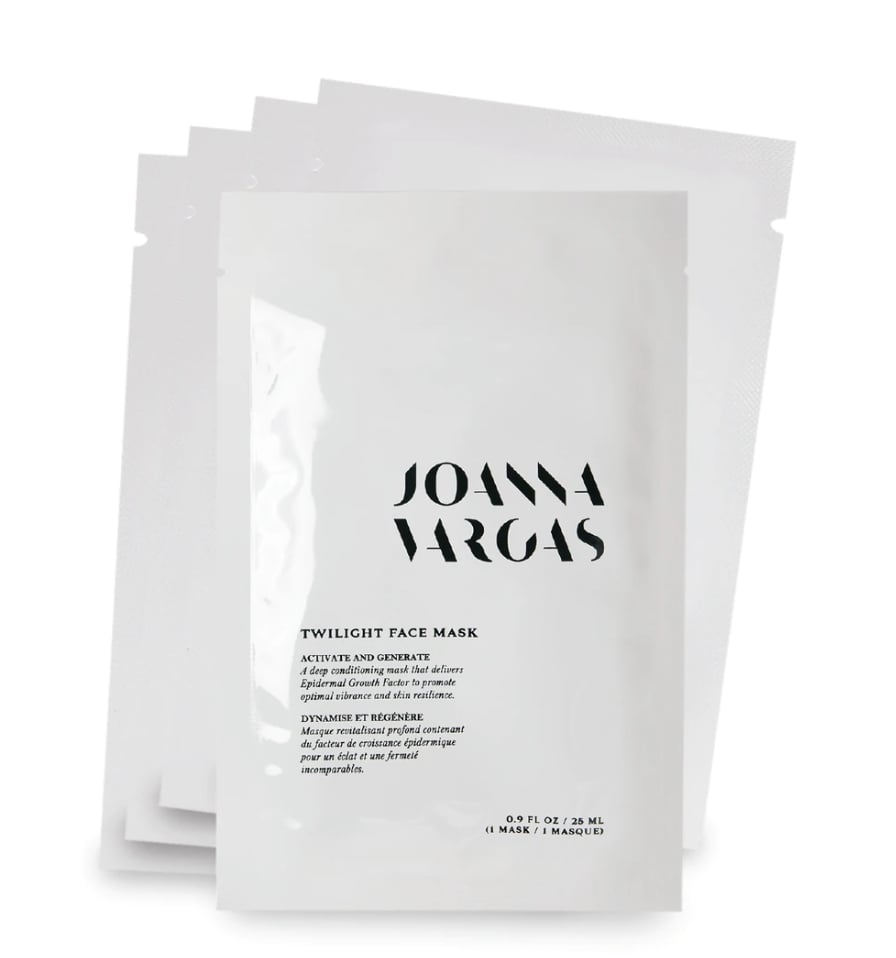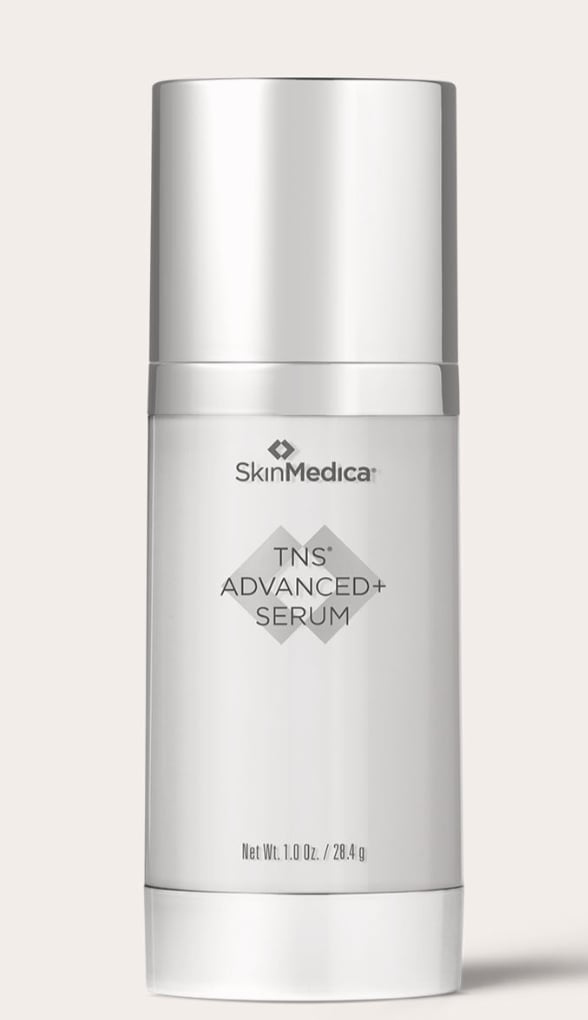- Epidermal Growth Factor, or EGF, is a popular ingredient in many skin-care products.
- EGF can help combat signs of aging and support the skin’s natural collagen production.
- EGF is a naturally occurring protein in the human body, but can also come from plant-based sources.
In the skin-care industry, some ingredients are like celebrities — talked about, praised for their talents, and scrutinized as they make a splash onto the scene. Epidermal Growth Factor, or EGF, is one of those star ingredients. It may now be a thing in skin care, but’s quietly existed within our skin forever, hard at work regulating cell proliferation.
Now that there are tons of skin-care products and in-office procedures that boast EGF as the hero ingredient, you may want to know more about what it does for your skin. Here’s what you need to know about EGF, the little acronym promising big-time benefits.
What Is Epidermal Growth Factor?
First, a little history on Epidermal Growth Factor: in the 1950s, the scientists who discovered EGF, which is a polypeptide or protein that our bodies produce throughout our lives, were awarded the Nobel Prize. “These proteins communicate with cells sending messages to repair and rejuvenate,” says Björn Örvar, PhD, cofounder and chief scientific officer at Bioeffect, a skin-care brand based on the power of EGF. “We like to think of them as musical conductors instructing all the different cells how and when to perform collectively.”
Unfortunately, as we age, the production of growth factor proteins decreases. How does that affect our skin? “Cell turnover and repair slow, eventually affecting our appearance. Skin starts to sag, and fine lines and wrinkles appear,” explains Dr. Örvar.
How Does EGF in Skin Care Help?
Many skin-care companies have found ways to infuse this vital protein into product formulations. EGF, which is known for its wound-healing capabilities, also has several other bonus benefits when added to topical products. “EGF in skin care helps combat the visible signs of aging by strengthening the skin barriers, boosting hydration, minimizing the appearance of fine lines and wrinkles, and helping support the skin’s natural collagen production, keeping the skin looking youthful and healthy,” says Dr. Örvar.
What Types of Products Is EGF Used In?
It’s in everything from serums to creams to masks. “EGF thrives best in a moisture-rich environment with few ingredients; therefore, it is ideally suited for water-based formulas, like serums and facial essences,” says Dr. Örvar. Bioeffect has invented a way to produce an innovative plant-based EGF protein from barley, and it’s the cornerstone in all its formulations like the Bioeffect EGF Serum ($169). Plant-based EGF has become popular with more and more products like Joanna Vargas Twilight Face Mask ($75) using vegan forms of the protein.
Are There Any Downside to Using EGF?
As far as skin care and EGF goes, there don’t seem to be any known negative side effects. Understand that while there are plant-based EGF options out there, some EGF is sourced from human cells that may come from placenta, foreskin, or bone marrow, which may be problematic for some people. Skin Medica TNS Advanced+ Serum ($295) is an OG in the EGF arena and uses human fibroblast cells to help address fine lines, tone, and texture.
Peruse the list of ingredients on the label and EGF could be listed as such, simply as Growth Factor, or it may go by the name of Oligopeptide. The brand may not divulge its origin, so do your research if that’s a concern.
Source: Read Full Article




